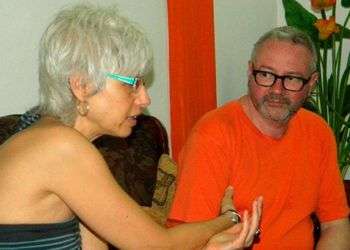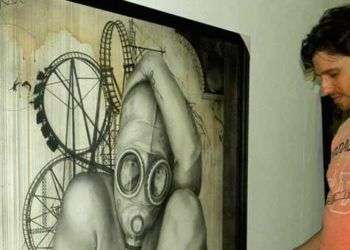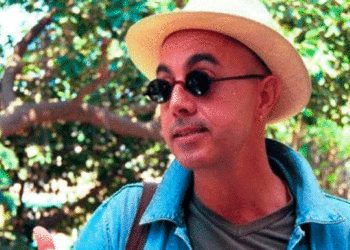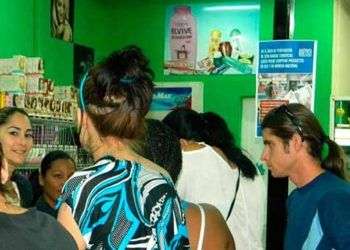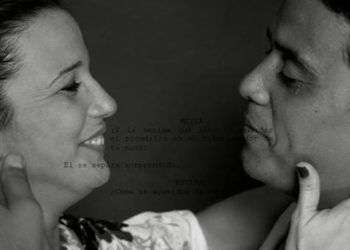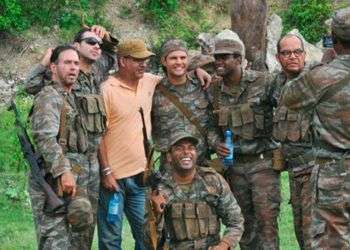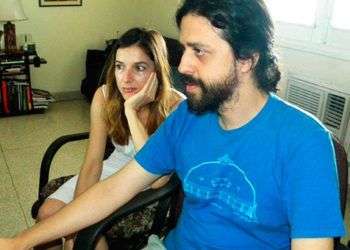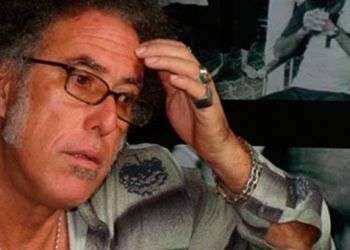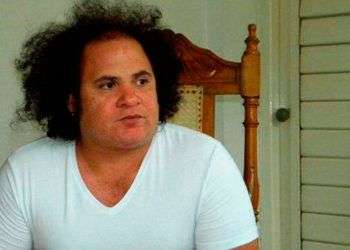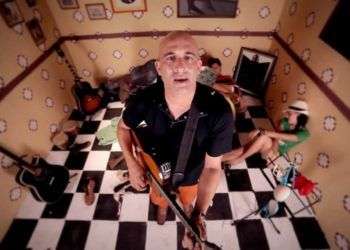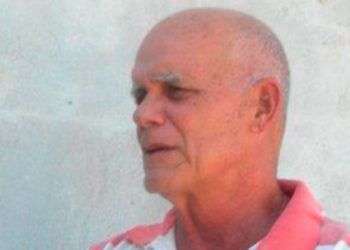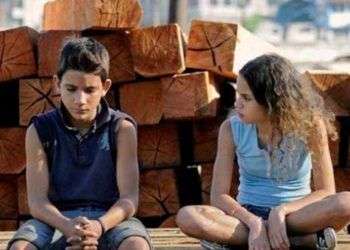Jorge Oliva and silversmithing
The work by young artists Jorge Oliva (Havana 1979) rises with a voice of its own among uneven conceptual lines in Cuban contemporary silversmithing. His pieces, made out of silver and cooper, make us think of a spider because he knits with thin metal threads several shapes that make up bracelets, earrings, rings and all kinds of jewelry. His exquisite and original designs can change the opinion of those who think that silversmithing is not art. His pieces are adorned with precious and semiprecious gems. At first glance its work seems made with engraved threads or careful and subtle nets, mostly with silver 999, almost pureso it is more malleable when knitting. His hand skills when handling small pieces allows him moving at ease in bigger formats and his sculptures are praiseworthy and popular given their originality. Just as it has been with other artistic expressions throughout history, when observing Oliva’s work spectators realize that there is a lot of Cuban and foreign influences from any period, which has allowed him to consolidate his style and find his own code materialized in unique and valuable pieces. The filigrees he accomplishes remind us of those made thousand years ago by the...


